Home>Technology>Smart Home Devices>How Big Is Printer Paper In Pixels
Smart Home Devices
How Big Is Printer Paper In Pixels
Modified: February 18, 2024
Discover the ideal pixel dimensions for printer paper and optimize your smart home devices for seamless printing. Learn how to achieve perfect prints in pixels.
(Many of the links in this article redirect to a specific reviewed product. Your purchase of these products through affiliate links helps to generate commission for Storables.com, at no extra cost. Learn more)
Introduction
Welcome to the world of printing and digital design, where the dimensions of printer paper play a crucial role in ensuring that your documents and images are accurately reproduced. Understanding the relationship between physical paper sizes and digital pixels is essential for creating high-quality print materials and digital graphics. In this article, we will delve into the fascinating intersection of traditional paper sizes and their digital counterparts, shedding light on the pixel dimensions of various standard printer paper sizes. Whether you are a graphic designer, a printing enthusiast, or simply someone curious about the technical aspects of paper and digital media, this exploration will provide valuable insights into the convergence of physical and digital dimensions. Let's embark on this enlightening journey to uncover the mysteries of printer paper sizes in pixels.
Key Takeaways:
- Understanding the relationship between physical paper sizes and digital pixels is crucial for creating high-quality print materials and digital graphics. The conversion from inches to pixels is fundamental for achieving optimal print quality.
- By understanding the common pixel dimensions for standard printer paper sizes, designers and print professionals can optimize their digital content for seamless integration with various paper sizes and printing requirements.
Read more: What Is The Size Of Printer Paper In Pixels
Understanding Printer Paper Sizes
Printer paper sizes are standardized to ensure consistency and compatibility across various printing devices and applications. The most widely recognized standard for printer paper sizes is the international standard ISO 216, which is used in most countries around the world. This standard defines the A, B, and C series of paper sizes, with the A series being the most commonly used for general printing purposes.
The A series paper sizes, such as A4, A5, and A6, are based on the concept of folding a sheet of paper in half repeatedly, while maintaining the same aspect ratio. This results in each size being half the area of the previous size. For example, A4 is the standard size for most business and personal printing needs, measuring 210 x 297 millimeters (8.27 x 11.69 inches). Understanding the dimensions of A series paper is essential for determining the corresponding pixel dimensions for digital design and printing.
Additionally, other paper size standards, such as the North American Letter and Legal sizes, are prevalent in specific regions and applications. The Letter size, measuring 8.5 x 11 inches, and the Legal size, measuring 8.5 x 14 inches, are commonly used in the United States and Canada. These variations in paper sizes necessitate an understanding of their digital equivalents in pixels for seamless integration with digital design software and printing processes.
Converting Inches to Pixels
When transitioning from physical paper dimensions to digital design, it is essential to convert inches to pixels to ensure that your digital content aligns with the intended print size and resolution. The conversion from inches to pixels is dependent on the desired pixel density, commonly referred to as pixels per inch (PPI) or dots per inch (DPI). The standard PPI for high-quality print materials is 300, meaning that there are 300 pixels per inch of printed material.
To convert inches to pixels, you can use the following formula: Pixels = Inches * PPI. For example, if you have a standard A4 paper size of 8.27 x 11.69 inches and you want to determine the pixel dimensions for high-quality printing, you would use the formula as follows:
- Width in pixels = 8.27 inches * 300 PPI = 2481 pixels
- Height in pixels = 11.69 inches * 300 PPI = 3507 pixels
By applying this formula, you can accurately determine the pixel dimensions required for achieving optimal print quality based on the chosen paper size and PPI. This conversion process is fundamental for digital designers and print professionals, as it ensures that digital content is tailored to the specific dimensions and resolution of the intended physical output.
The standard size of printer paper is 8.5 x 11 inches. To convert this to pixels, multiply the dimensions by the resolution (usually 300 pixels per inch for high quality printing). So, 8.5 x 300 = 2550 pixels and 11 x 300 = 3300 pixels. Therefore, printer paper is approximately 2550 x 3300 pixels.
Common Pixel Dimensions for Printer Paper Sizes
Understanding the common pixel dimensions for standard printer paper sizes is essential for digital designers, graphic artists, and anyone involved in creating print-ready materials. By aligning digital content with the appropriate pixel dimensions, you can ensure that your designs are accurately translated to physical prints with high fidelity and clarity. Here are the common pixel dimensions for some standard printer paper sizes:
- A4 Paper Size: The standard A4 paper size, measuring 8.27 x 11.69 inches, translates to common pixel dimensions of 2481 x 3507 pixels when using a print resolution of 300 PPI. This size is widely used for documents, brochures, and various print materials.
- Letter Paper Size: The North American Letter paper size, measuring 8.5 x 11 inches, corresponds to common pixel dimensions of 2550 x 3300 pixels at 300 PPI. This size is prevalent in the United States and Canada for business and personal printing.
- Legal Paper Size: The Legal paper size, measuring 8.5 x 14 inches, equates to common pixel dimensions of 2550 x 4200 pixels at 300 PPI. This size is commonly used for legal documents, contracts, and official paperwork.
- A5 and A6 Paper Sizes: The A5 paper size (5.83 x 8.27 inches) corresponds to 1748 x 2481 pixels at 300 PPI, while the A6 paper size (4.13 x 5.83 inches) translates to 1240 x 1748 pixels at the same resolution. These smaller sizes are often used for flyers, postcards, and compact print materials.
By understanding and utilizing these common pixel dimensions, designers and print professionals can optimize their digital content for seamless integration with various paper sizes and printing requirements. This knowledge empowers creators to produce visually stunning and accurately scaled print materials that meet the highest standards of quality and precision.
Conclusion
As we conclude our exploration of printer paper sizes in pixels, we have uncovered the vital link between physical dimensions and digital resolution in the realm of printing and design. Understanding the pixel dimensions of standard paper sizes is indispensable for achieving optimal print quality and ensuring that digital content translates seamlessly to physical outputs.
By grasping the conversion process from inches to pixels and familiarizing ourselves with the common pixel dimensions for various paper sizes, we have equipped ourselves with the knowledge needed to bridge the gap between the physical and digital realms. This knowledge empowers designers, artists, and print professionals to create captivating visual content that aligns perfectly with the intended print dimensions and resolution.
Whether you are crafting brochures, posters, business cards, or any other print materials, the ability to determine the appropriate pixel dimensions for your chosen paper size and print resolution is a valuable skill that elevates the quality and precision of your work. As technology continues to evolve, this intersection of traditional paper sizes and digital pixels will remain a cornerstone of the printing and design landscape, shaping the way we bring our creative visions to life.
Armed with this understanding, we can embark on our design endeavors with confidence, knowing that we have the tools to seamlessly translate our digital creations into stunning physical prints that captivate and inspire. Let the fusion of pixels and paper dimensions ignite your creativity and drive you to new heights of visual expression in the exciting world of print and design.
Frequently Asked Questions about How Big Is Printer Paper In Pixels
Was this page helpful?
At Storables.com, we guarantee accurate and reliable information. Our content, validated by Expert Board Contributors, is crafted following stringent Editorial Policies. We're committed to providing you with well-researched, expert-backed insights for all your informational needs.
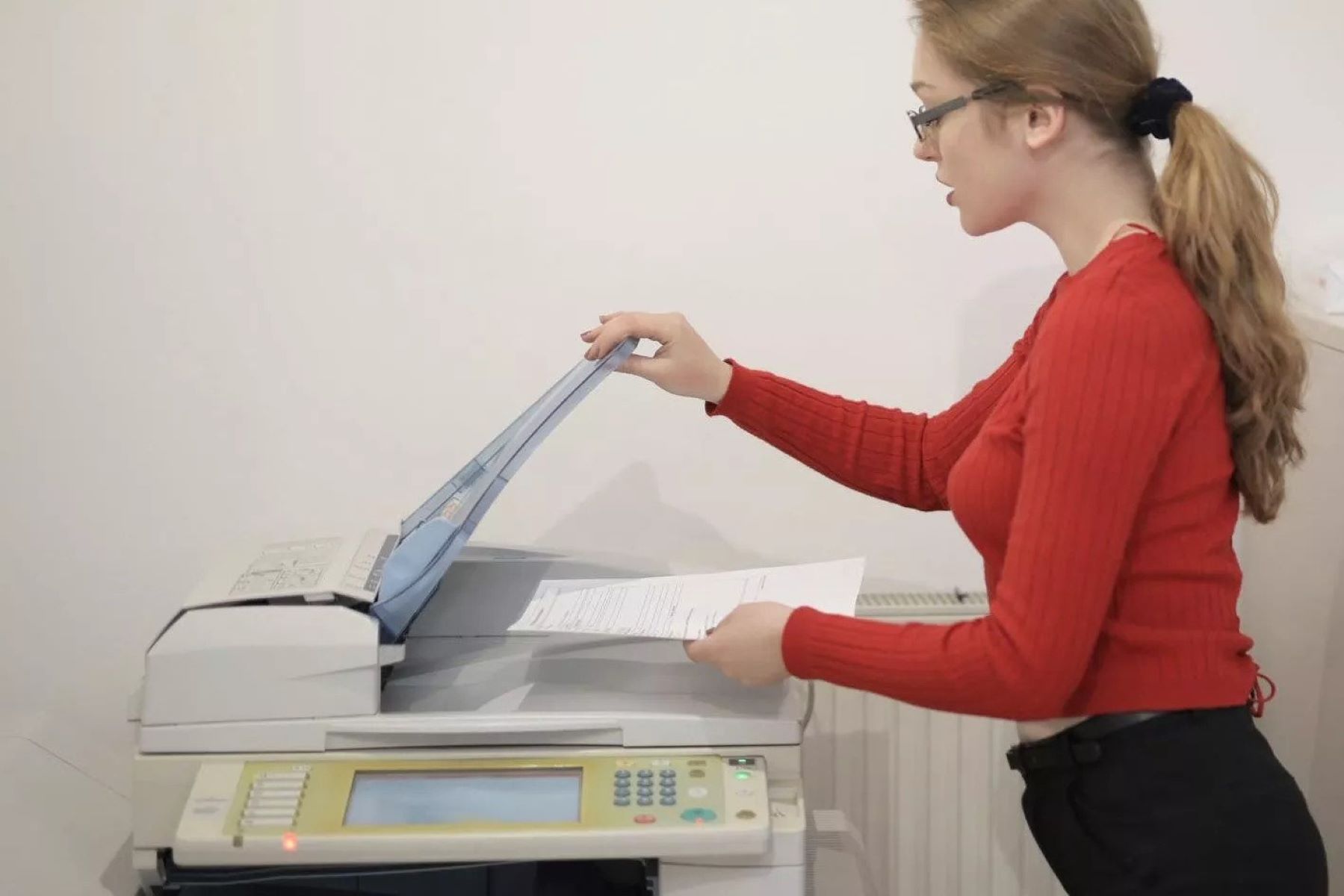
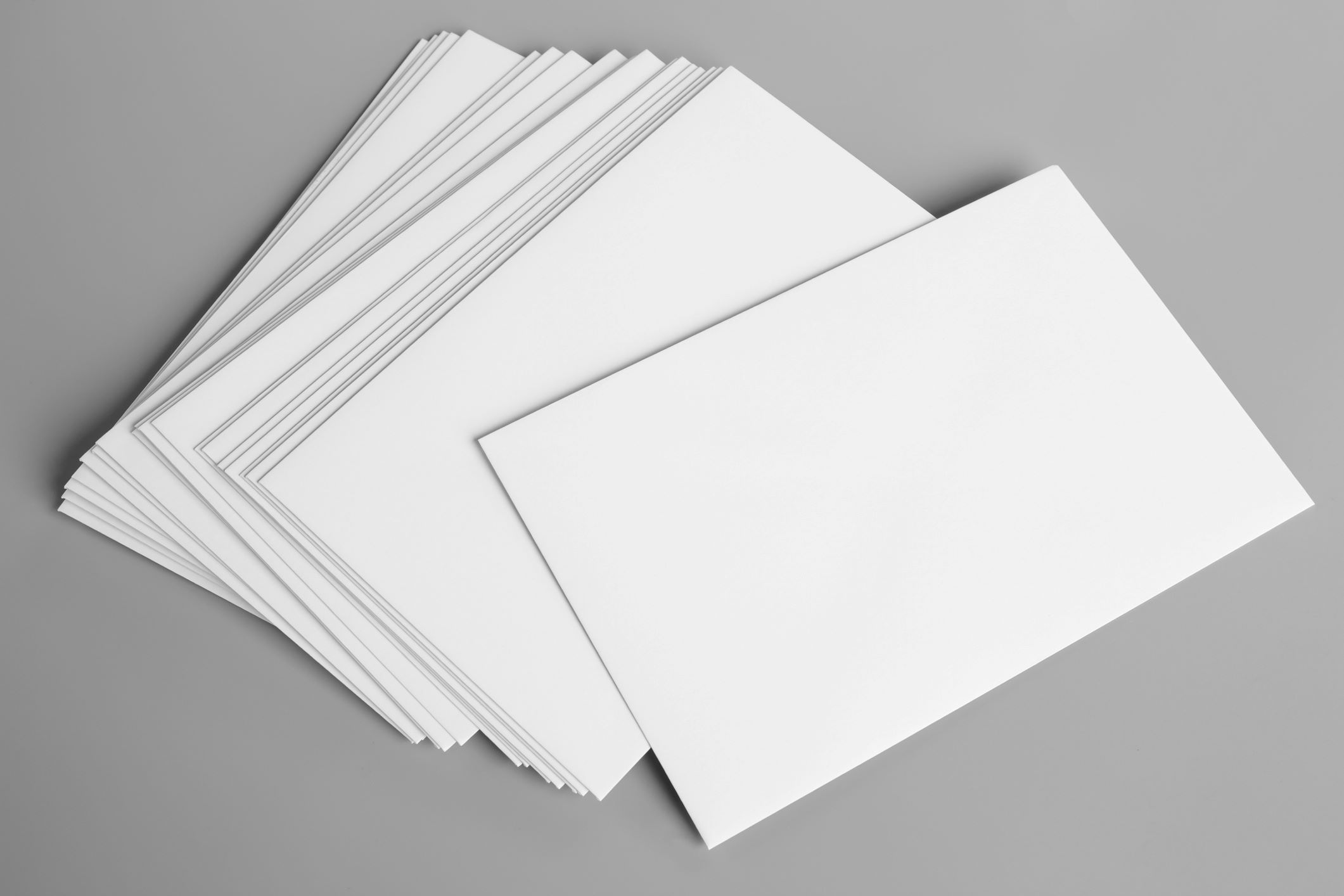
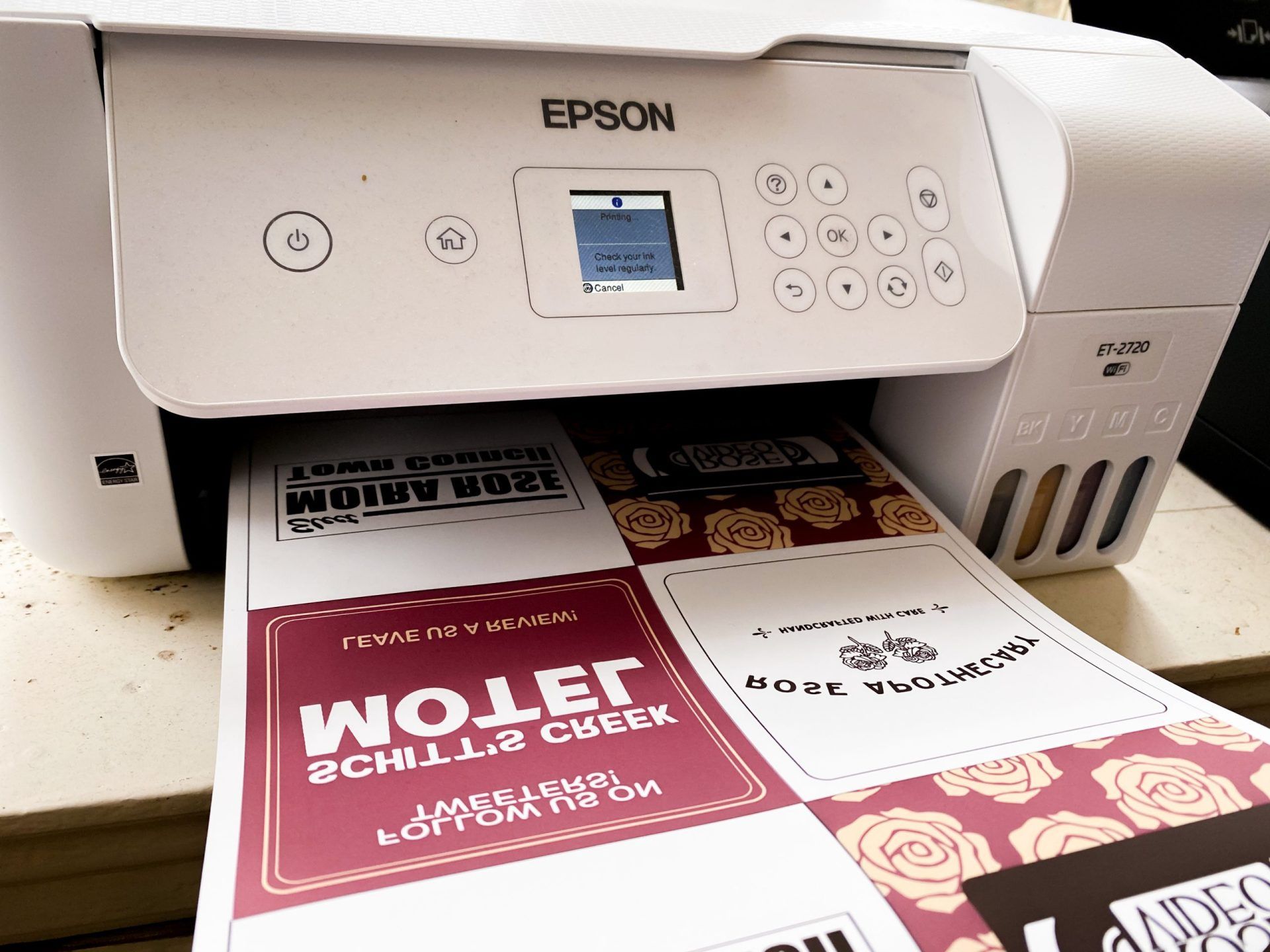
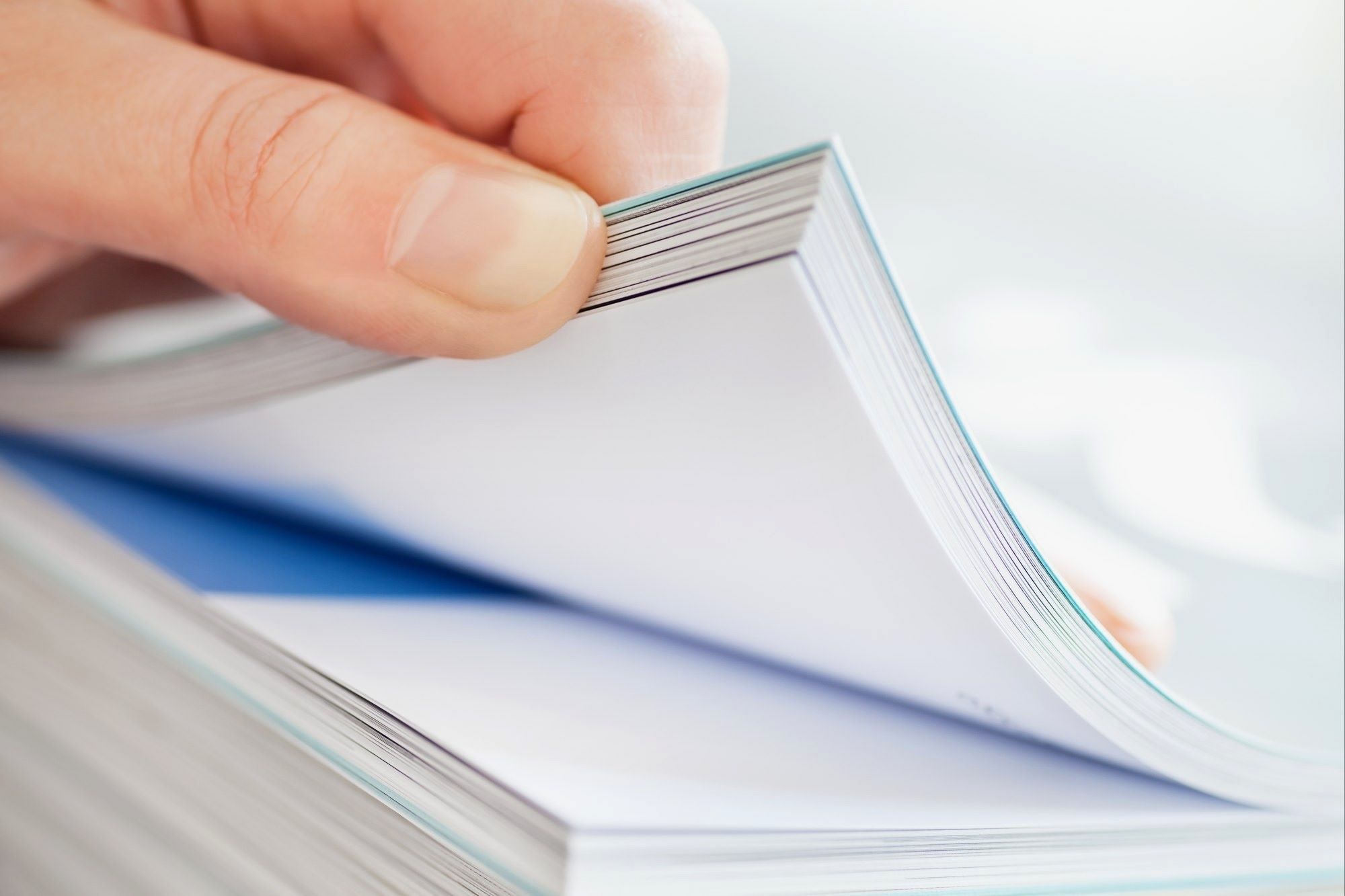
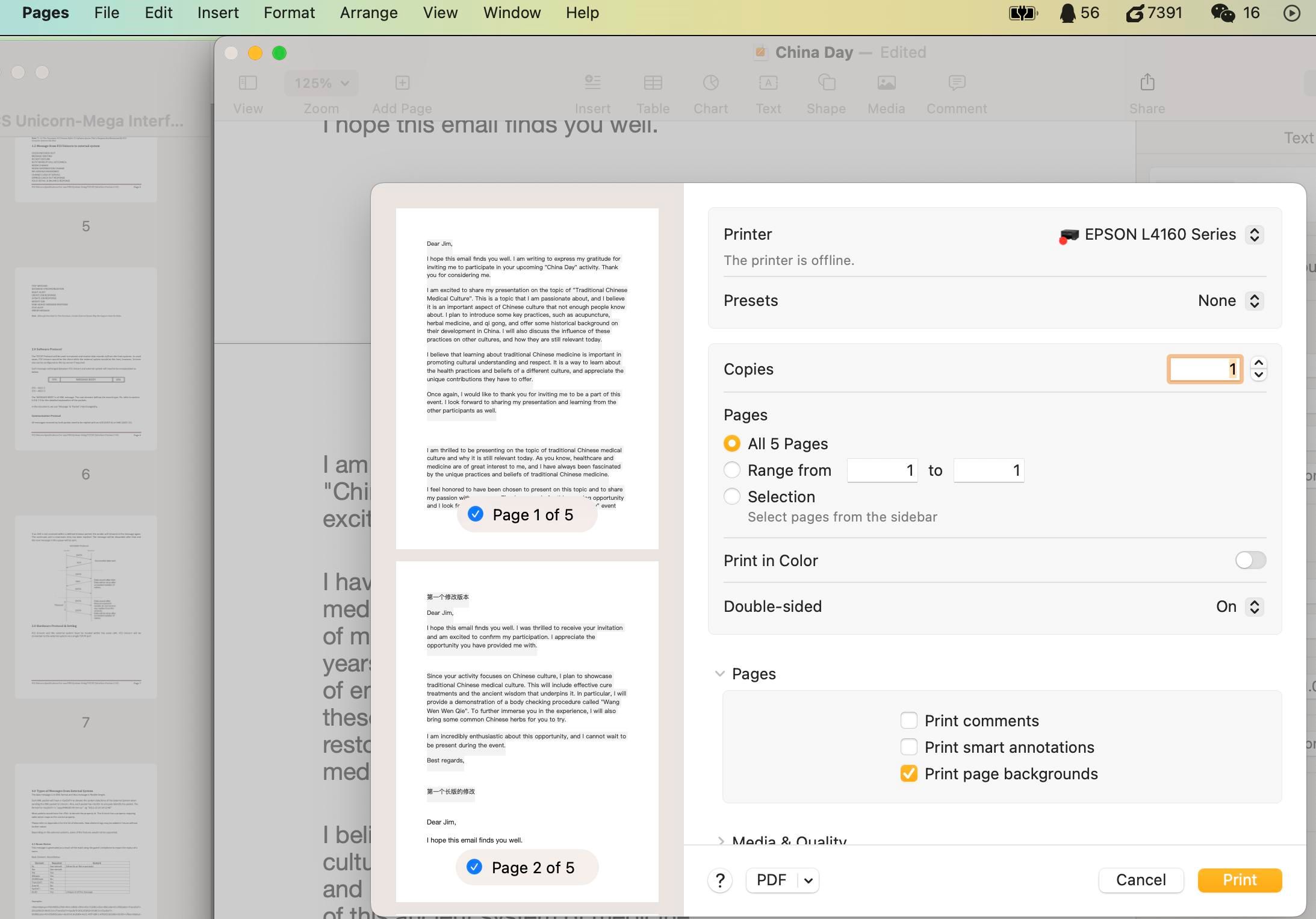
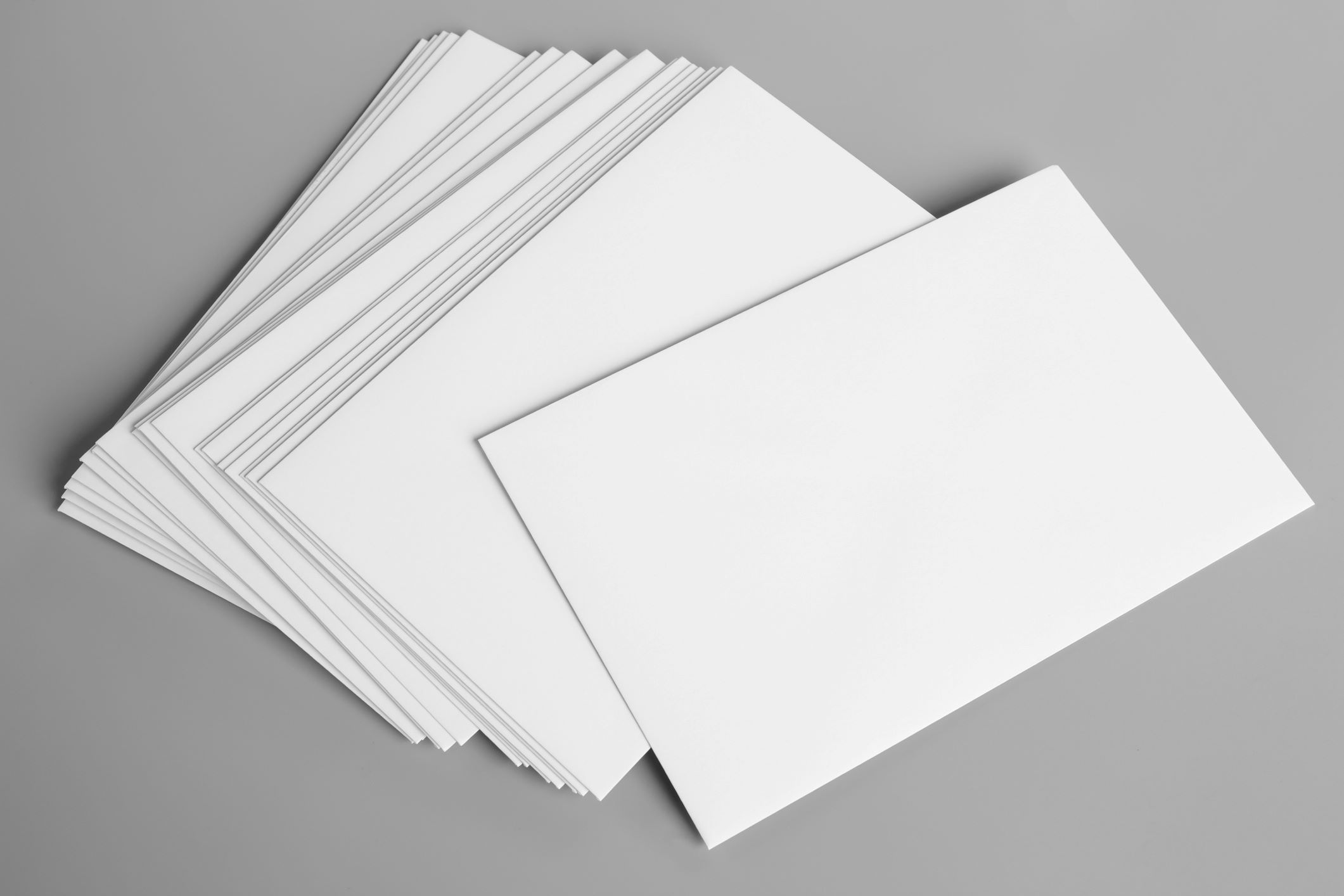
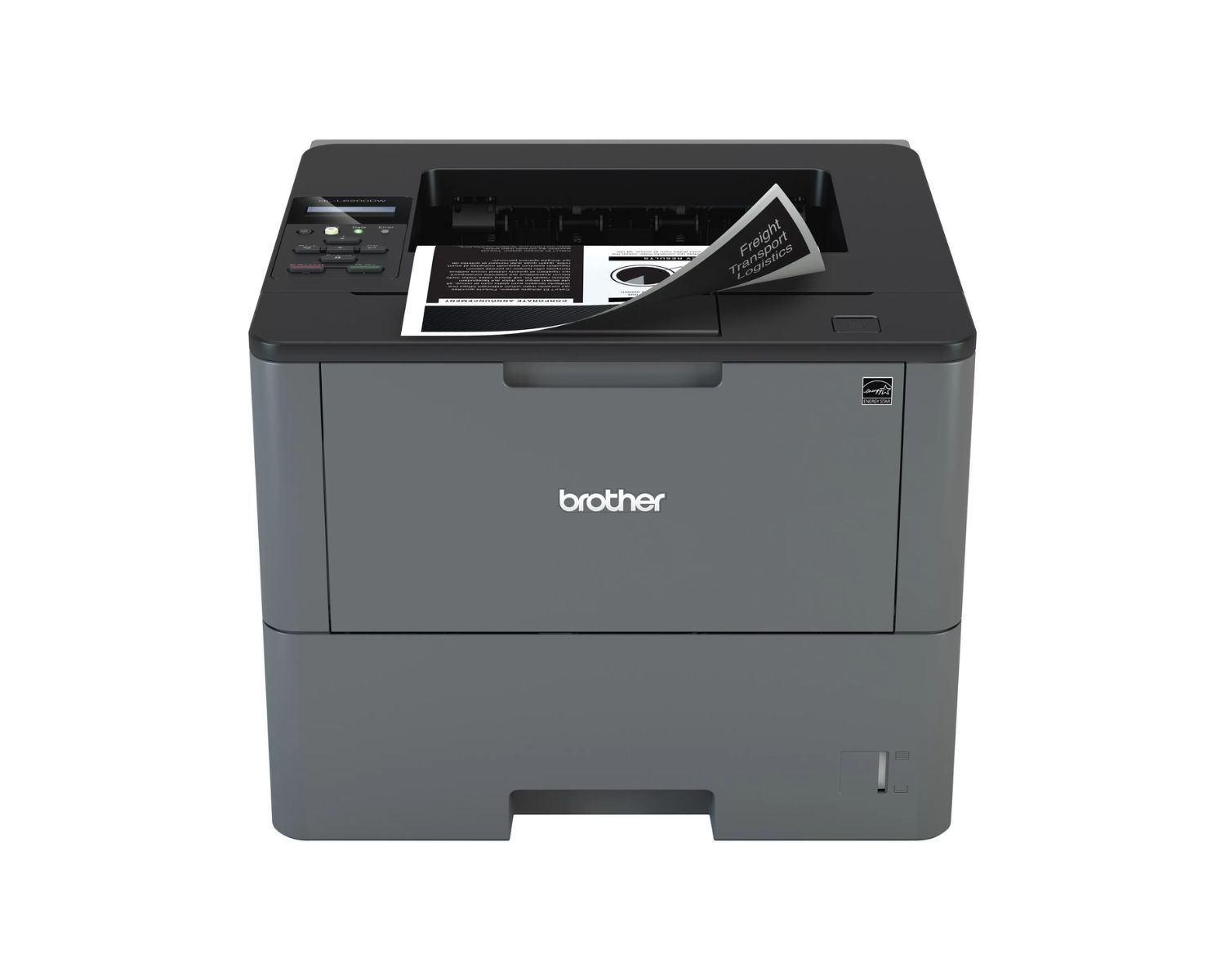
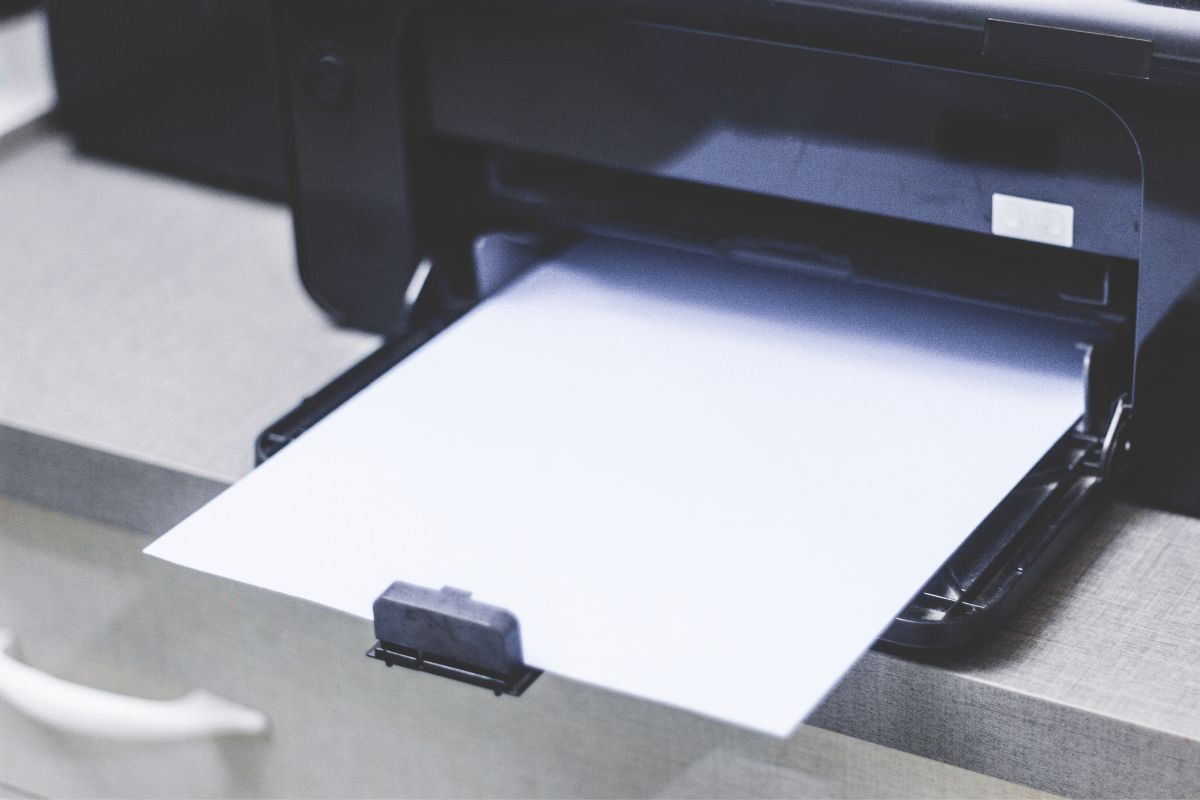
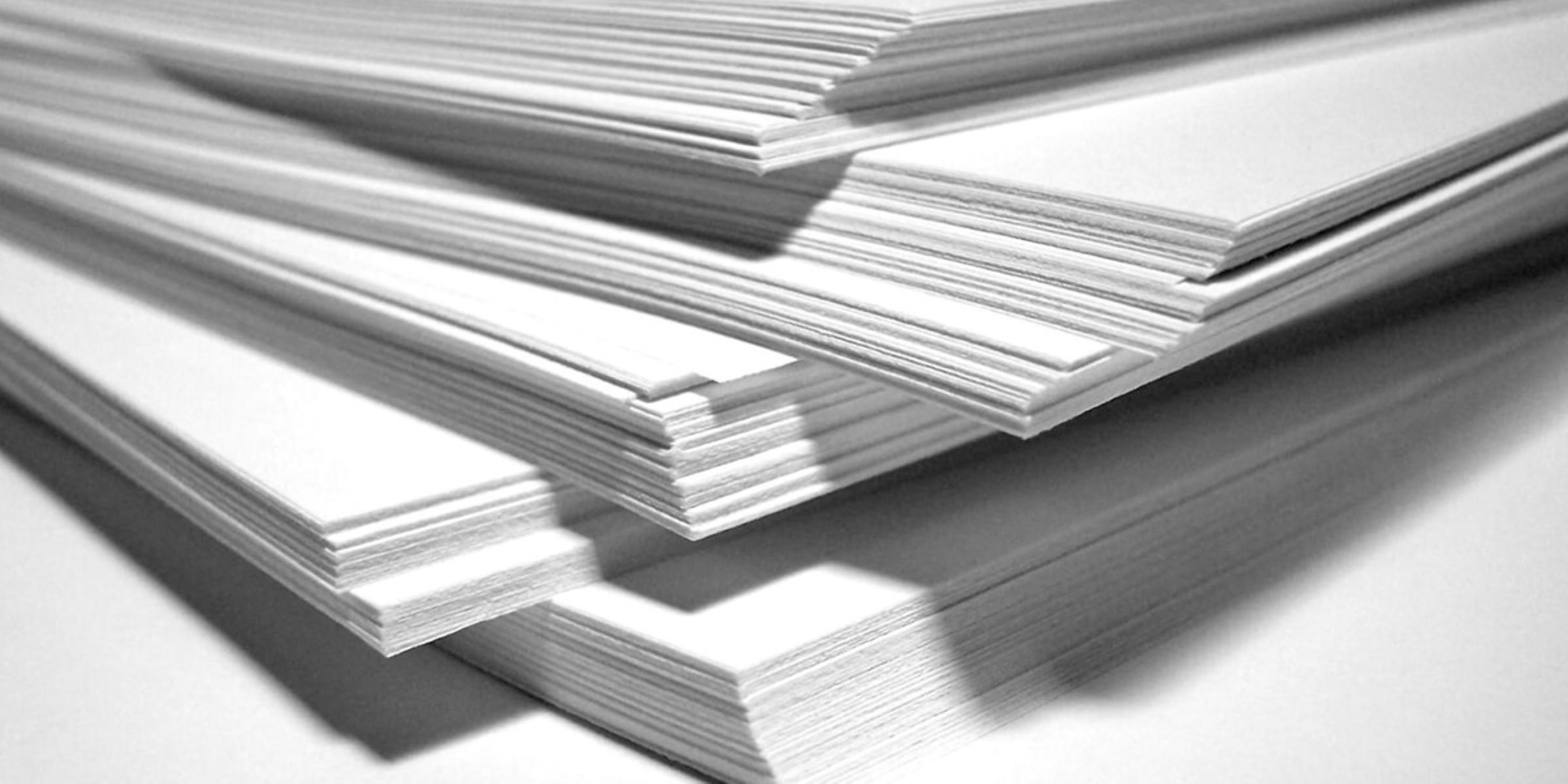
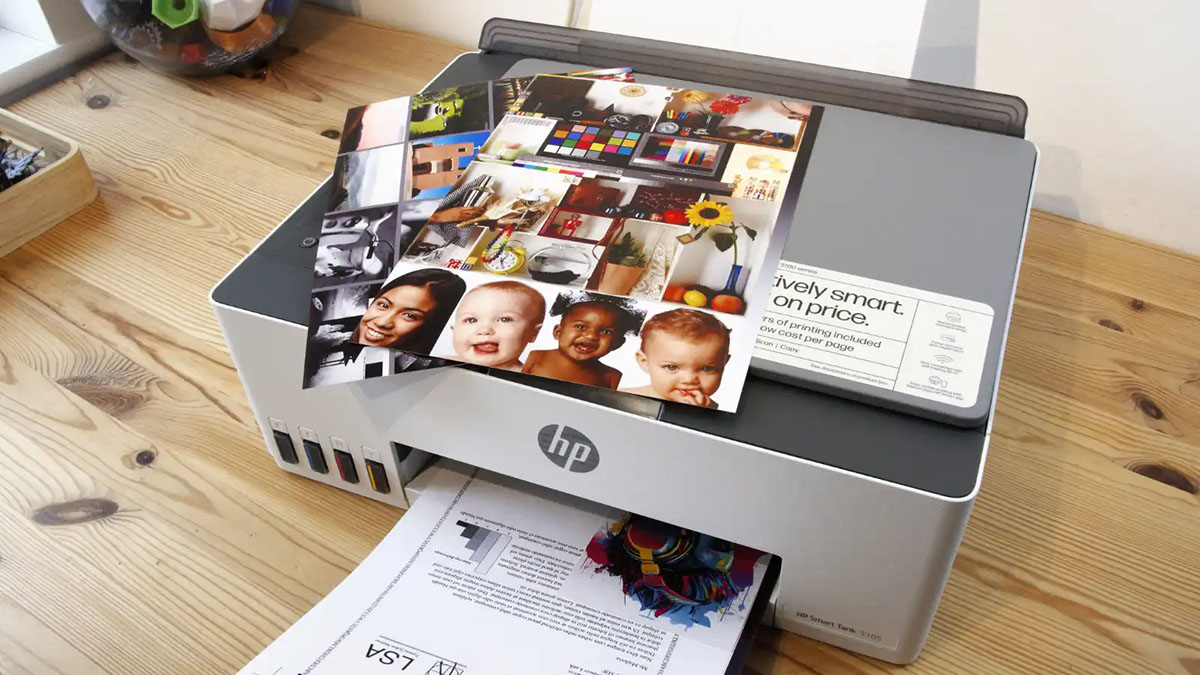
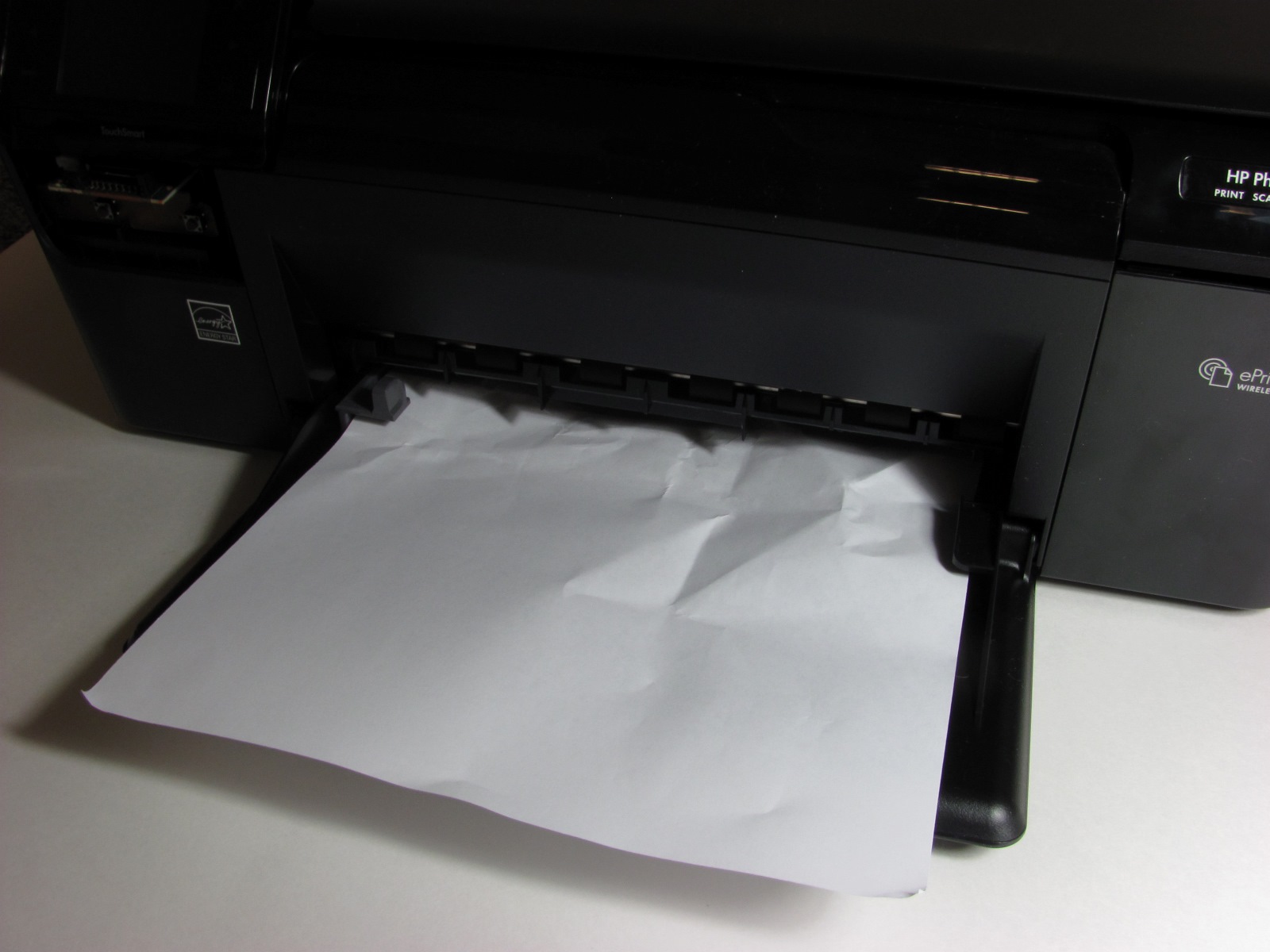
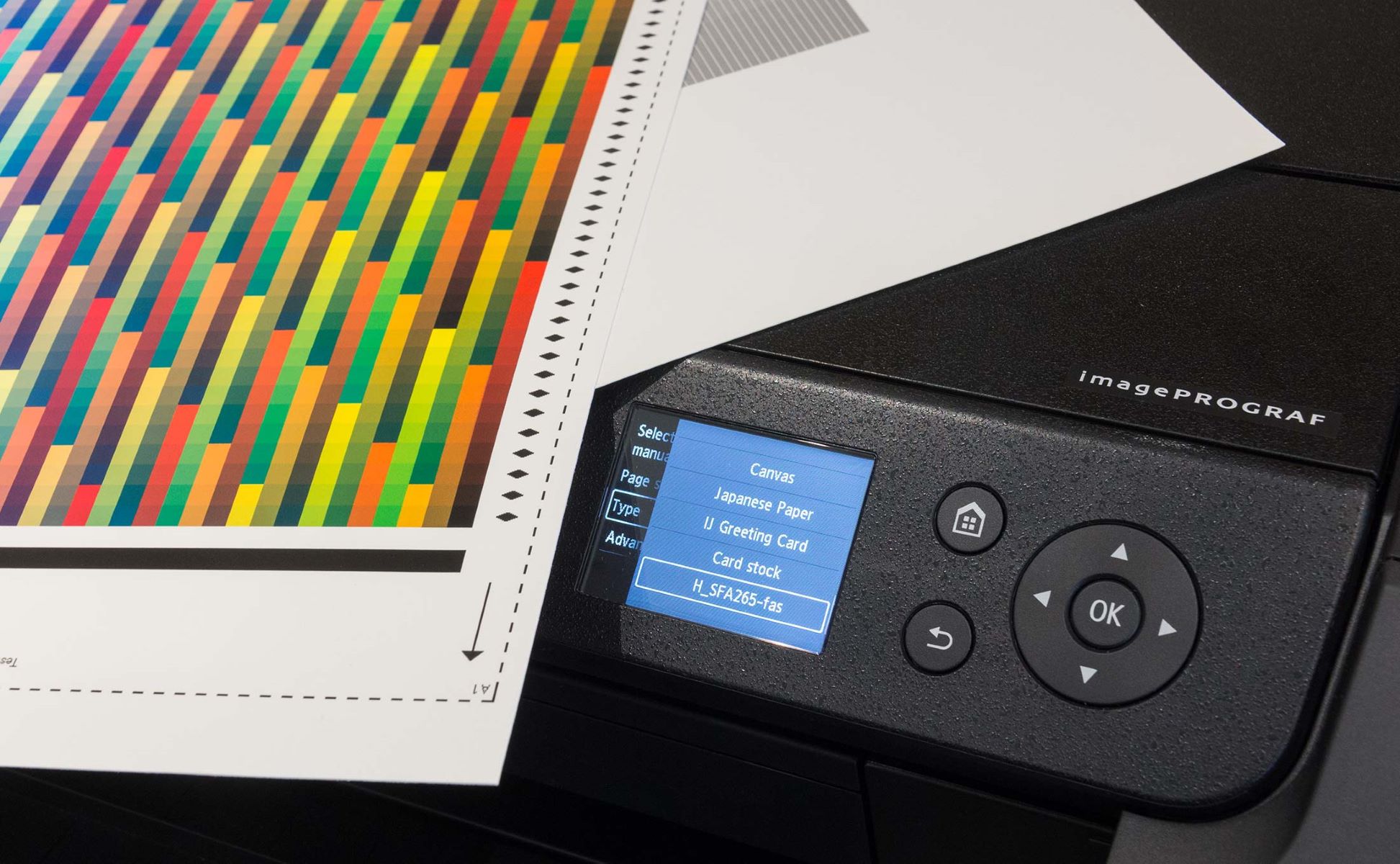
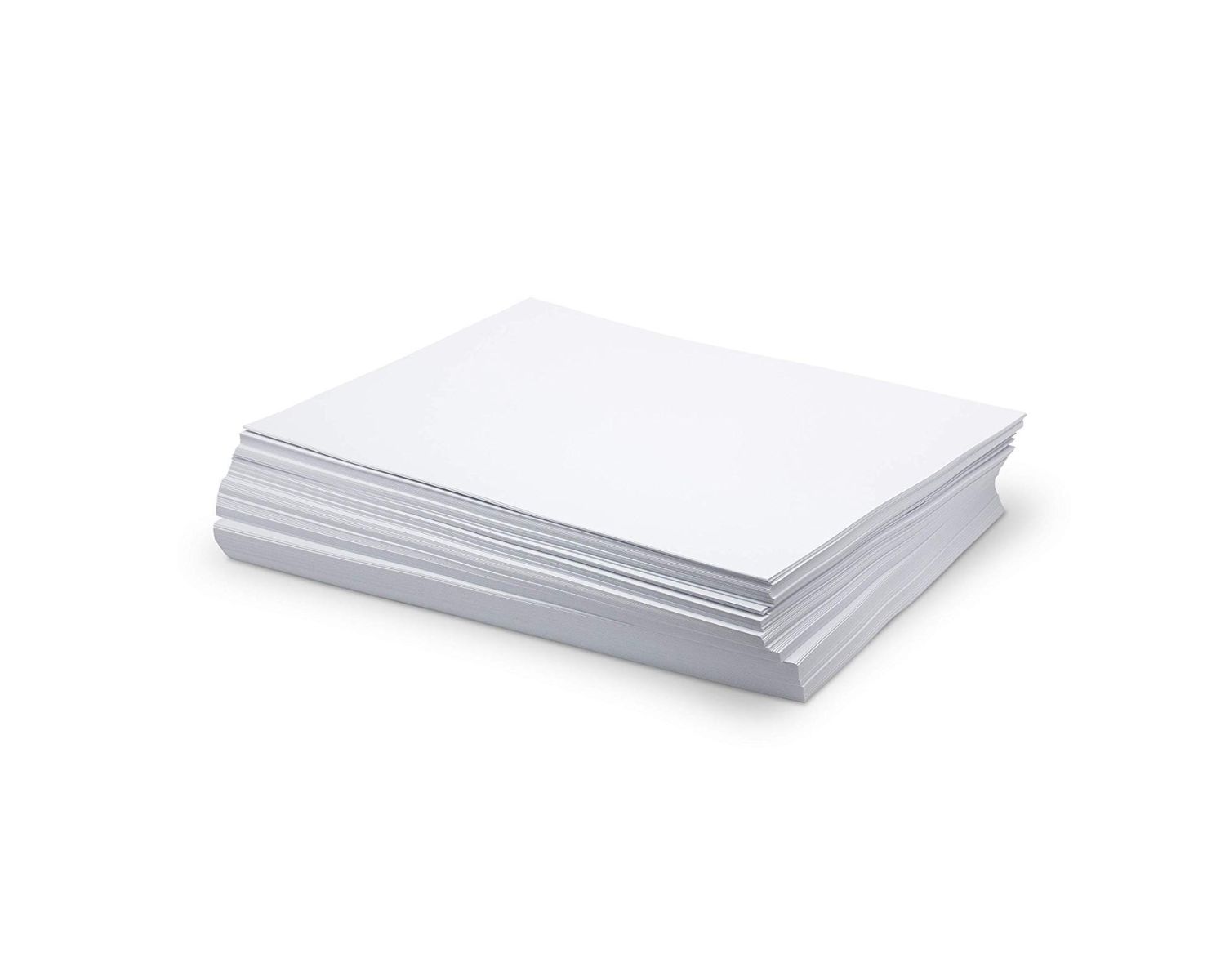
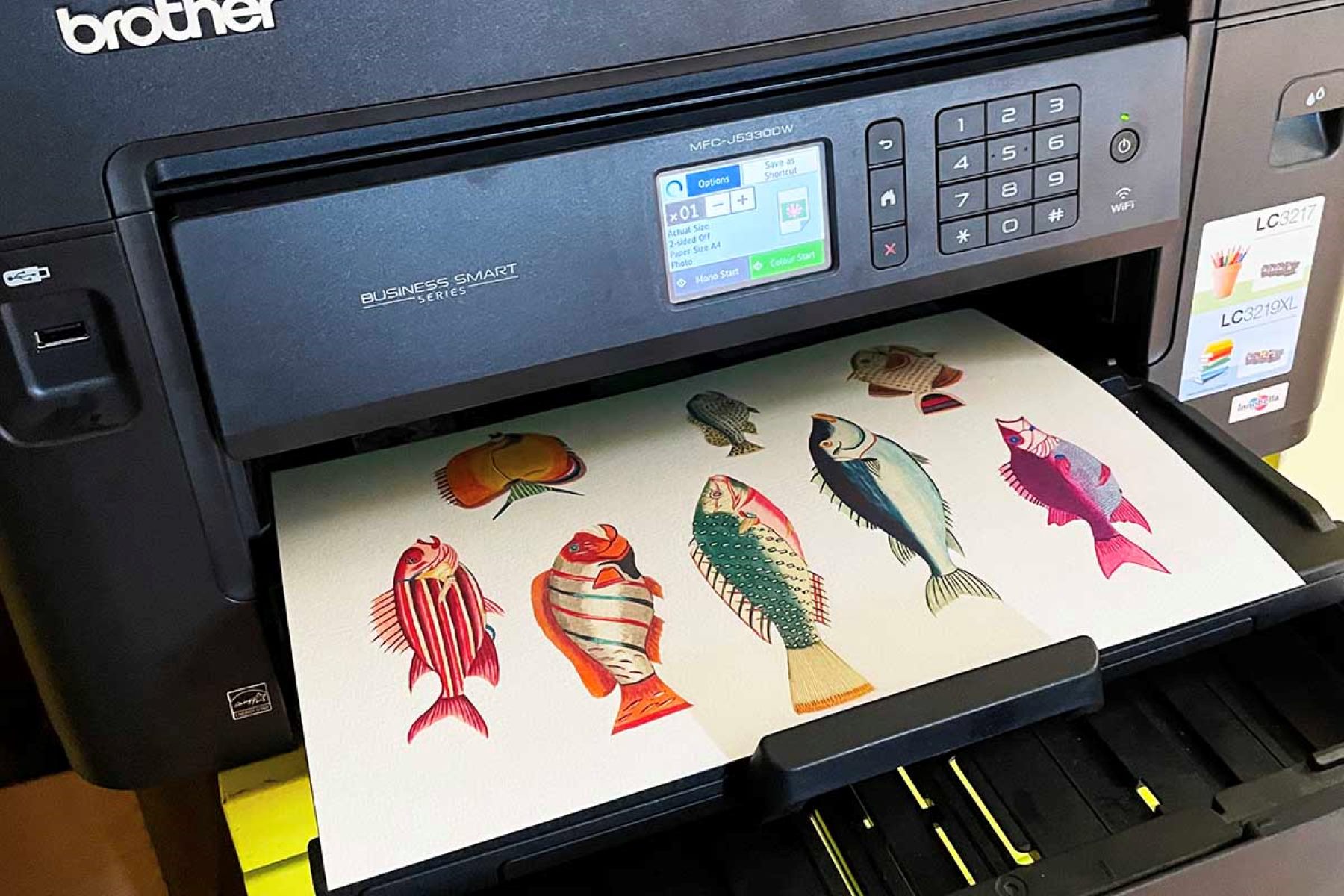
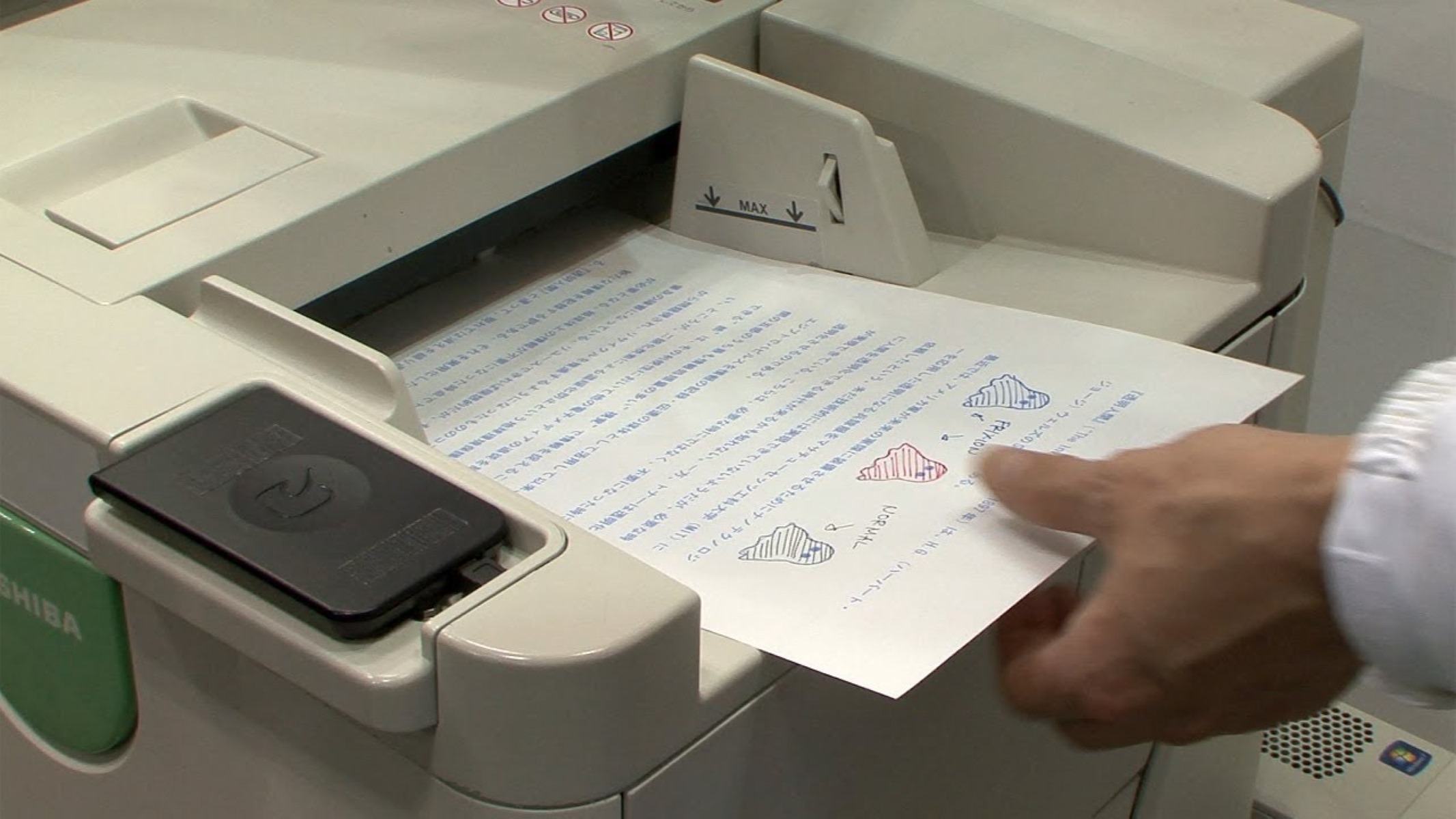

0 thoughts on “How Big Is Printer Paper In Pixels”